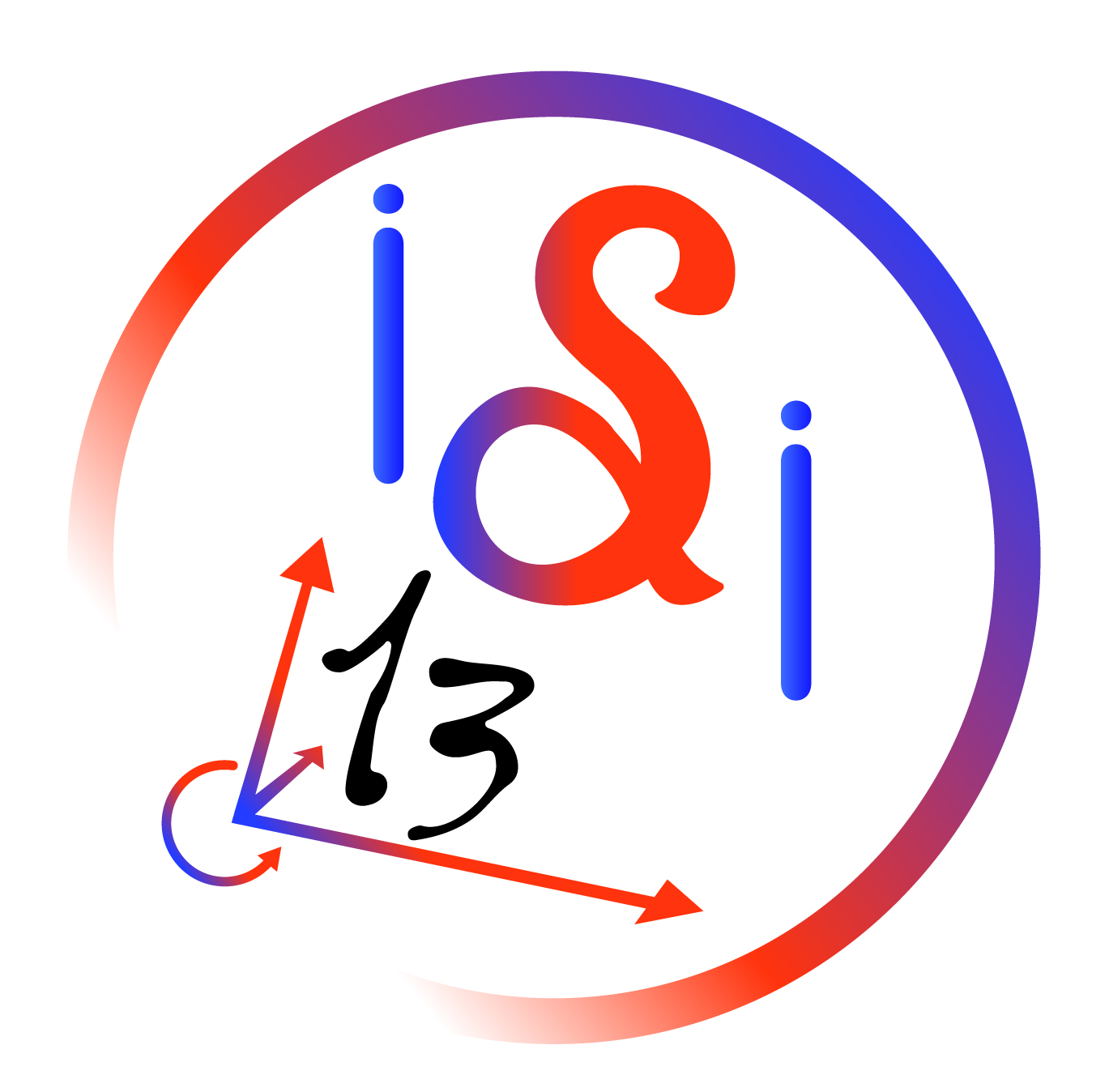Speaker
Description
We discuss the problem of entanglement protection against surrounding noise by a procedure suitably exploiting spatial indistinguishability of identical subsystems. To this purpose, we take two initially separated and entangled identical qubits interacting with two independent noisy environments. Three typical models of environments are considered: the amplitude damping channel, the phase damping channel and the depolarizing channel. After the interaction, we deform the qubits wave functions to make them spatially overlap before performing spatially localized operations and classical communication (sLOCC). By computing the concurrence of the resulting state we show that this protocol partially recovers the spoiled entanglement thanks to the induced spatial indistinguishability. A general behavior emerges: the higher the indistinguishability achieved, the larger the amount of recovered correlations.

